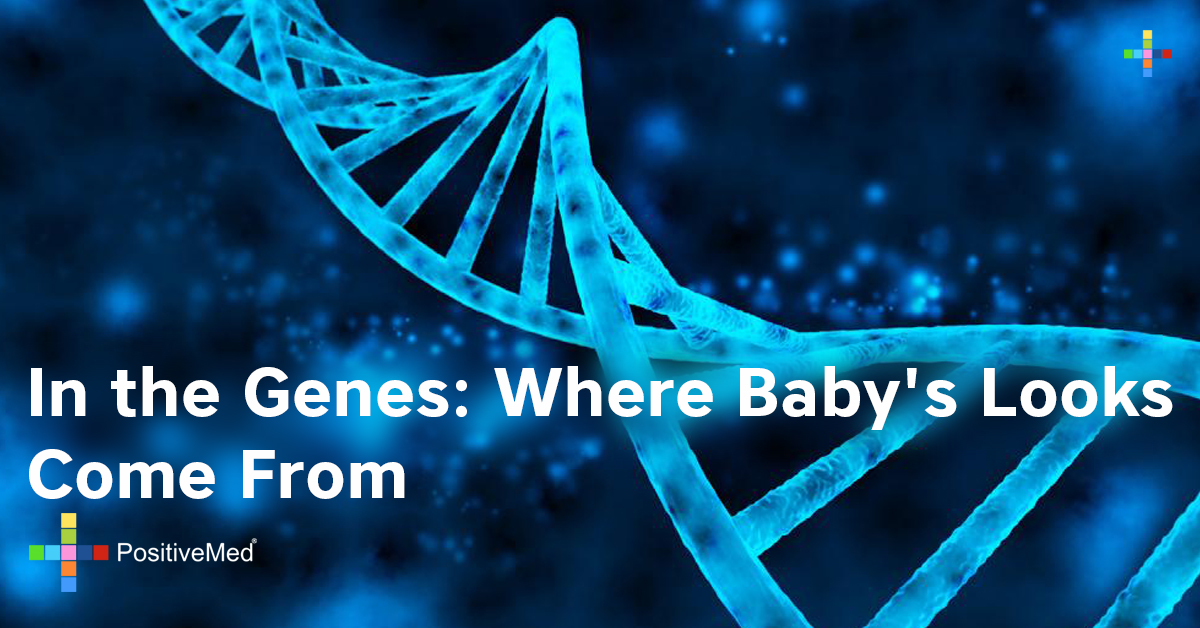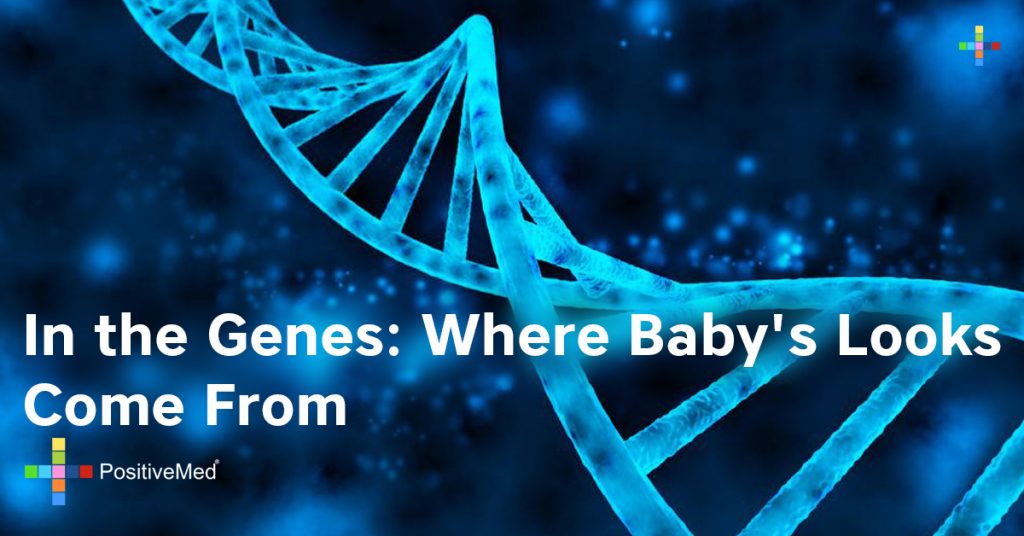Every baby born is truly a miracle. Parents-to-be often spend a lot of time wondering who their bundle of joy will resemble when they arrive. Will she have his nose? Will he have her hair? A babys looks come from the genes. In other words, it’s all about the DNA, but predicting certain features is not as easy as it would seem. Multiple factors are working together to shape your baby’s unique appearance.

Genes are heredity units that are passed on from parent to baby. This DNA helps to determine certain traits. For example, one couple was rather shocked when their baby Jason was born. The precious one had black hair and didn’t resemble either parent. How could that be they wondered.
By age 5, young Jason looked like his mom and was growing ahead of the curve. His father stands 6’6″. In addition, his black hair was now all blonde. Scientific research shows us that the blonde hair was in Jason’s DNA the entire time. So many genes are collaborating in the womb before birth. There could be 20 different types of DNA affecting a baby’s hair. Some of these determining factors are enhanced, and others are turned off.
Hair color is one of those interesting features that changes over time. By puberty, a child’s hormones can affect hair color and hair type (curly, wavy, etc.).
It’s the same with eye color and a babys looks. Have you ever noticed that all babies have light eyes when they are born? The color is bluish/grayish. It can take up to a half year for a baby to develop their eye color.
Melanocytes are the scientific name for the color-producing cells in our body. These cells are in charge of producing our hair color and eye color. Melanocytes contain the pigment melanin. People with brown eyes have a large amount of melanin in the iris. People with blue eyes have much less of this pigment.
When it comes to your baby’s height, again, DNA will be forming this unique trait. For instance, when you’re trying to guess how tall your baby will be, it’s not so simple.
Multiple DNA factors are joined together. More than 100 heredity units are collaborating to form the baby’s height. For example, the average length at birth for a full-term baby is 19 to 20 inches. Let’s say your baby was measured at 23 inches. That does not mean that the birth measurement will predict the baby’s future height as tall.
In other words, scientists say that your baby will grow to their genetic predisposed stature.
As children turn into their teens, more DNA changes will reveal themselves. Your son’s or daughter’s bone structure will not be fully set until their 20s. The same goes for bone development and even fat deposits.
It’s all about genetics and the intricacies involved in these amazing cells that determine where babys looks come from. Every baby is precious and a miracle to enjoy.






